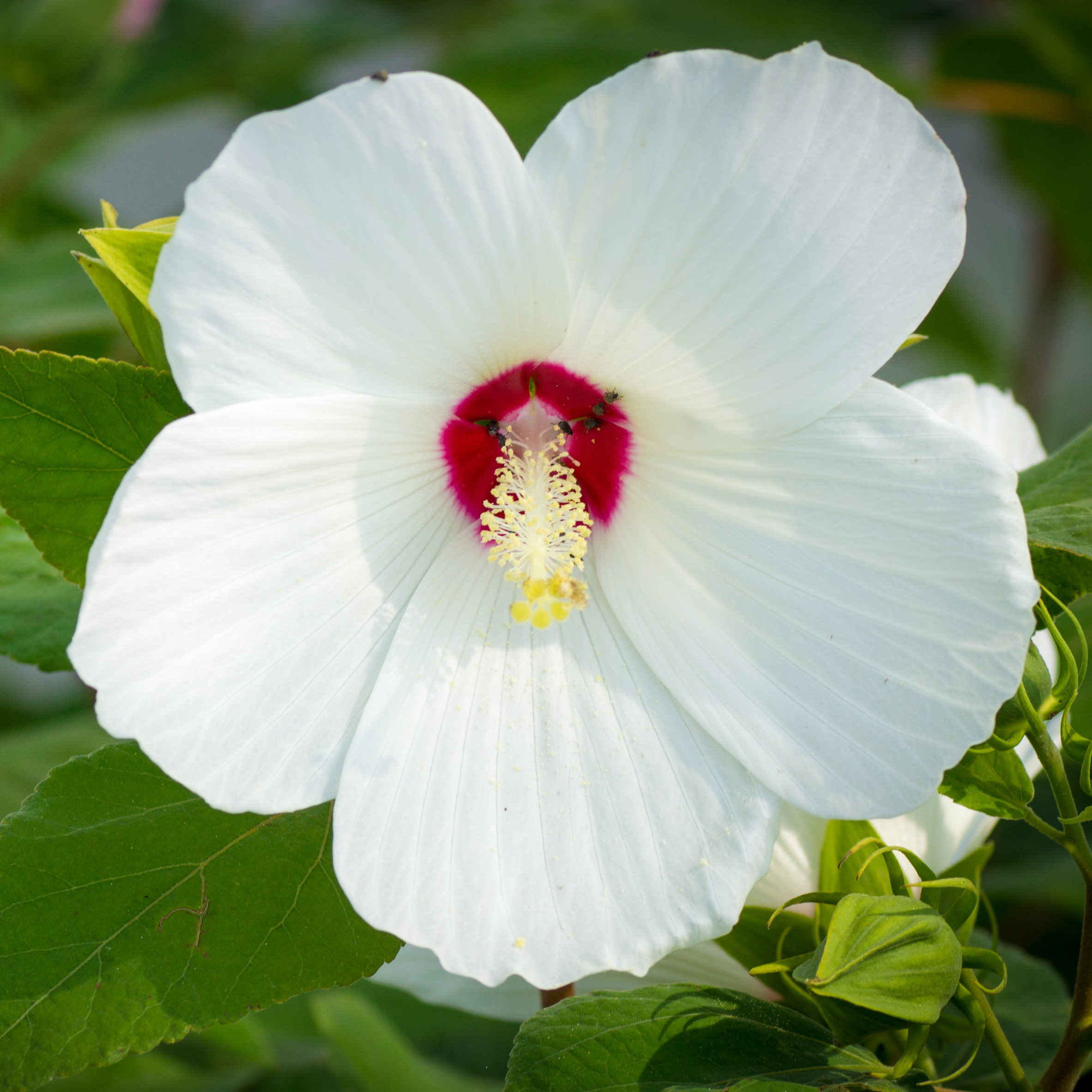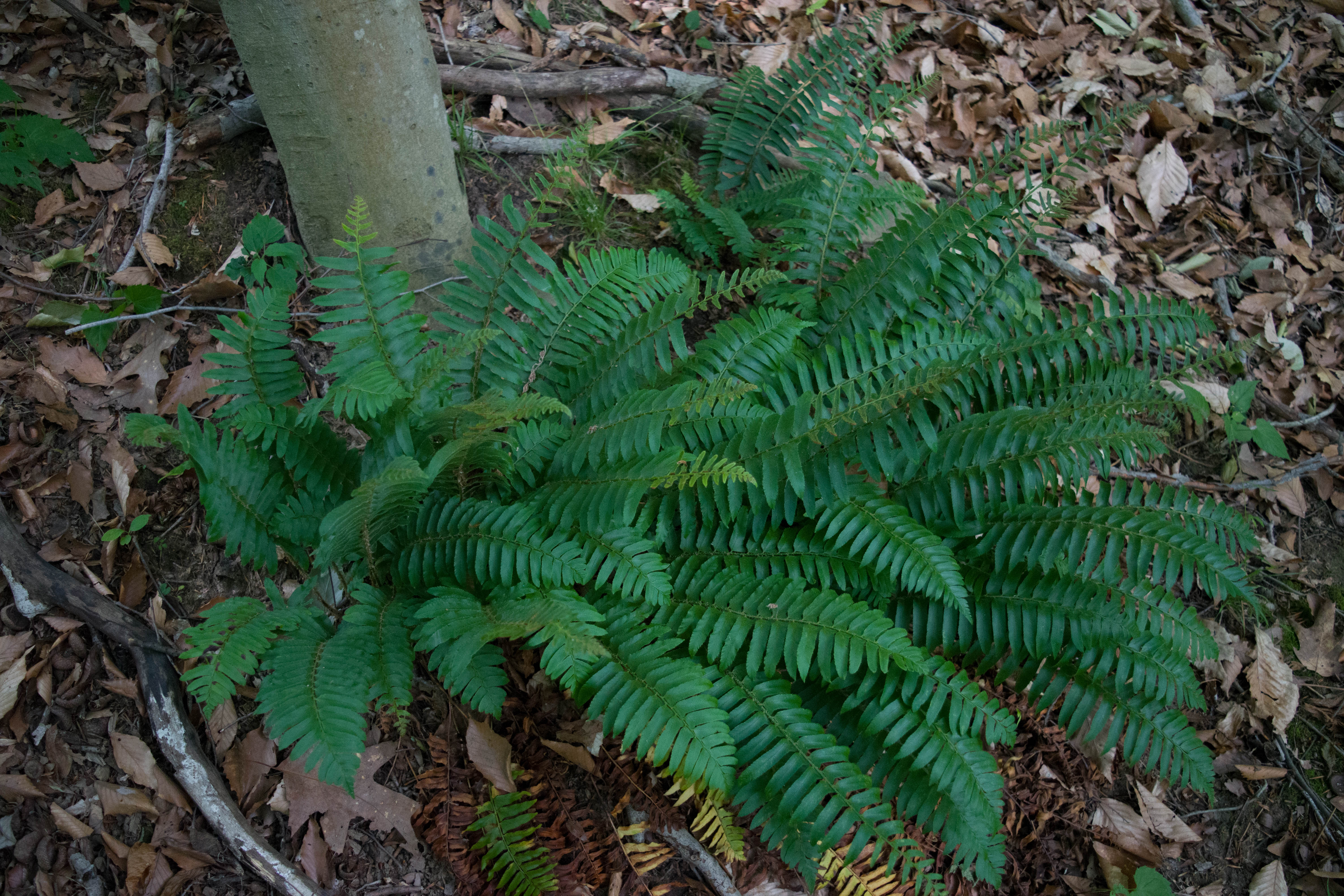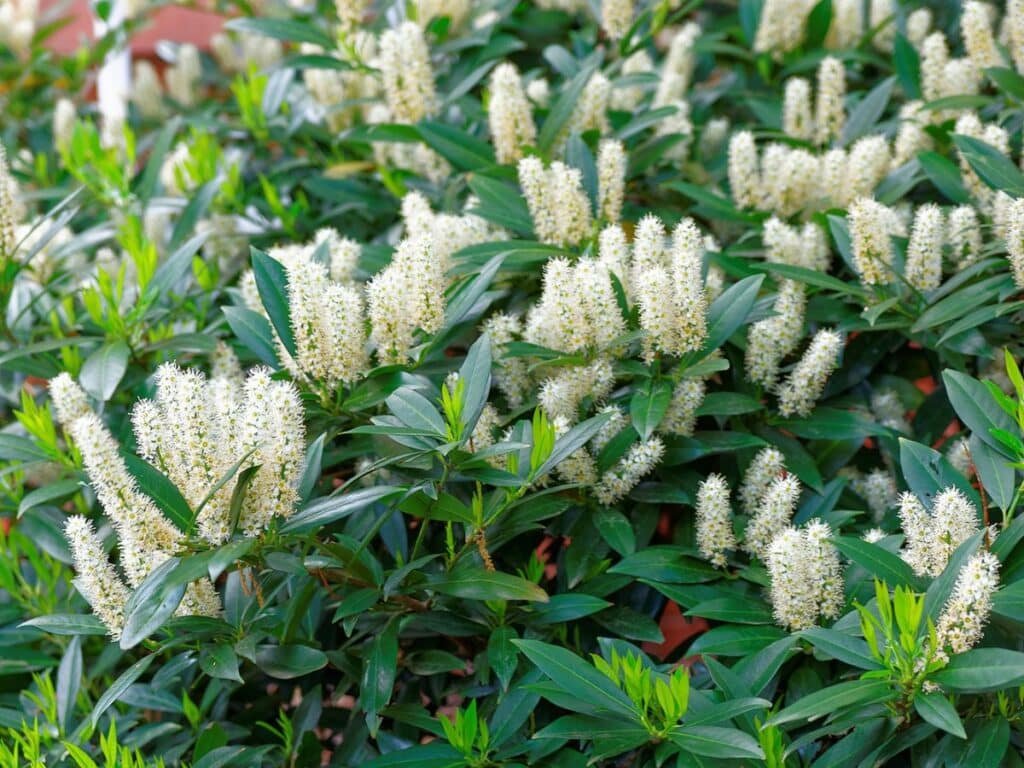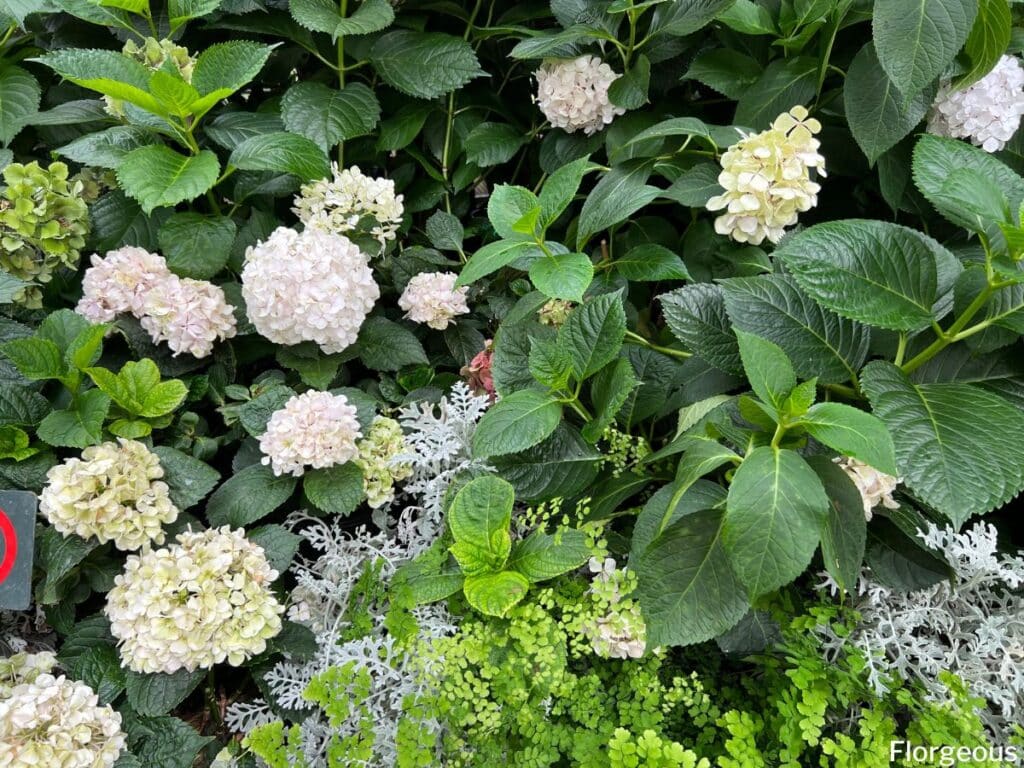Little Henry Sweetspire Companion Plants That Will Enhance Your Garden
Little Henry sweetspire (Itea virginica 'Little Henry') is a deciduous shrub that is native to North America. It is known for its fragrant white flowers, which bloom in late spring to early summer. Little Henry sweetspire is a versatile plant that can be used in a variety of settings, including borders, hedges, and mass plantings. It is also deer-resistant and drought-tolerant, making it a low-maintenance choice for gardeners.
One of the best ways to enhance your garden with Little Henry sweetspire is to plant it with companion plants. Companion plants are those that grow well together and complement each other in terms of their size, color, and growing requirements. When choosing companion plants for Little Henry sweetspire, it is important to consider the following factors:
- Sunlight: Little Henry sweetspire prefers full sun, but it can also tolerate partial shade. When choosing companion plants, make sure they have similar sunlight requirements.
- Soil: Little Henry sweetspire prefers moist, well-drained soil. Avoid planting it in soil that is too wet or too dry.
- Hardiness: Little Henry sweetspire is hardy in USDA zones 4 to 9. When choosing companion plants, make sure they are hardy in the same zones.
- Color: Little Henry sweetspire has white flowers. When choosing companion plants, consider choosing those with flowers that will complement the white flowers of Little Henry sweetspire.
- Height: Little Henry sweetspire grows to be about 3 feet tall and wide. When choosing companion plants, make sure they are of a similar height or will not overwhelm Little Henry sweetspire.
Here are some of the best companion plants for Little Henry sweetspire:
- Rose mallow (Hibiscus moscheutos): Rose mallow is a tall, showy perennial that blooms in late summer to fall. It has large, pink or red flowers that will complement the white flowers of Little Henry sweetspire. Rose mallow is hardy in USDA zones 4 to 9 and prefers full sun and moist soil.

- Eastern sweetshrub (Calycanthus floridus): Eastern sweetshrub is a deciduous shrub that blooms in early spring. It has fragrant, pink or red flowers that will fill your garden with a sweet scent. Eastern sweetshrub is hardy in USDA zones 4 to 9 and prefers full sun and moist soil.
- Christmas fern (Polystichum acrostichoides): Christmas fern is a hardy evergreen fern that will add year-round interest to your garden. It has delicate, feathery fronds that will contrast nicely with the dark green leaves of Little Henry sweetspire. Christmas fern is hardy in USDA zones 3 to 9 and prefers moist, well-drained soil.

- Inland sea oat (Chasmanthium latifolium): Inland sea oat is a tall, graceful grass that blooms in late summer to fall. It has airy, silvery plumes that will add movement and texture to your garden. Inland sea oat is hardy in USDA zones 4 to 9 and prefers full sun and moist soil.

- Fringetree (Chionanthus virginicus): Fringetree is a deciduous shrub or small tree that blooms in early spring. It has fragrant, white flowers that are arranged in drooping, fringe-like clusters. Fringetree is hardy in USDA zones 5 to 9 and prefers full sun and moist soil.
These are just a few of the many companion plants that you can choose for Little Henry sweetspire. By considering the factors listed above, you can create a beautiful and harmonious garden that will attract pollinators and enjoy for years to come.
Little Henry sweetspire is a beautiful, deciduous shrub that blooms in late spring and early summer with clusters of white flowers. It is native to the southeastern United States and is hardy in zones 5-9. Little Henry sweetspire is a low-maintenance plant that prefers moist, well-drained soil and full sun to partial shade.
There are many different companion plants that can be used with Little Henry sweetspire. Some popular choices include:
- Rose mallow (Hibiscus moscheutos): This tall, showy plant blooms in shades of pink, red, and white. It prefers moist soil and full sun.
- Eastern sweetshrub (Calycanthus floridus): This fragrant shrub blooms in late spring with clusters of small, purple flowers. It prefers moist, well-drained soil and full sun to partial shade.
- Christmas fern (Polystichum acrostichoides): This evergreen fern adds year-round interest to the garden. It prefers moist, well-drained soil and partial shade to full shade.
- Inland sea oat (Chasmanthium latifolium): This tall grass blooms in late summer with fluffy, white plumes. It prefers moist soil and full sun.
- Southern magnolia (Magnolia grandiflora): This stately tree blooms in late spring with large, fragrant flowers. It prefers moist, well-drained soil and full sun.
For more information about Little Henry sweetspire companion plants, please visit Gardenia Inspiration. This website provides a comprehensive list of plants that can be used with Little Henry sweetspire, as well as detailed information about each plant's growing requirements.
FAQ of little henry sweetspire companion plants
- What are good companion plants for Little Henry sweetspire?
Little Henry sweetspire is a small, deciduous shrub that blooms in late spring to early summer with creamy-white flowers. It prefers full sun and moist, well-drained soil. Some good companion plants for Little Henry sweetspire include:
* Other shrubs that bloom in the same season, such as hydrangeas, lilacs, and spireas.
* Perennials that have similar growing conditions, such as astilbe, hostas, and ferns.
* Groundcovers that will help to fill in the space around the shrub, such as pachysandra, vinca, and creeping phlox.
- How far apart should I plant Little Henry sweetspire companion plants?
The spacing between Little Henry sweetspire companion plants will depend on the size of the mature plants. For smaller shrubs, such as astilbe and hostas, you can plant them about 2 feet apart. For larger shrubs, such as hydrangeas and lilacs, you should plant them about 3 to 4 feet apart.
- What are some tips for planting Little Henry sweetspire companion plants?
When planting Little Henry sweetspire companion plants, it is important to consider the mature size of the plants and the amount of space you have available. You should also choose plants that have similar growing conditions. To plant, dig a hole that is twice the size of the plant's root ball. Add some compost or other organic matter to the soil and mix it well. Place the plant in the hole and backfill with soil, tamping it down gently. Water the plant well.
- How do I care for Little Henry sweetspire companion plants?
Little Henry sweetspire companion plants are relatively low-maintenance. They need full sun and moist, well-drained soil. Water them regularly, especially during hot, dry weather. Fertilize them once a year in the spring with a balanced fertilizer. In the fall, you can prune them back to shape.
- What are some common pests and diseases that affect Little Henry sweetspire companion plants?
Little Henry sweetspire companion plants are relatively resistant to pests and diseases. However, they can be susceptible to aphids, spider mites, and powdery mildew. If you see any pests or diseases, you can treat them with insecticidal soap or neem oil.
Image of little henry sweetspire companion plants
- Little Henry sweetspire and bluebells: These two plants have similar bloom times and flower colors, so they make a great combination. The bluebells will add a touch of color to the sweetspire's white blooms.

- Little Henry sweetspire and ferns: Ferns add a touch of elegance and texture to any garden, and they also provide shade for the sweetspire.

- Little Henry sweetspire and hydrangeas: Hydrangeas come in a variety of colors, so you can choose ones that complement the sweetspire's white blooms. They also bloom at the same time as the sweetspire, so you'll have a long period of color in your garden.

- Little Henry sweetspire and coneflowers: Coneflowers are another great choice for companion plants for sweetspire. They come in a variety of colors, including purple, pink, and white, so you can find ones that match the sweetspire's blooms. They also bloom at the same time as the sweetspire, so you'll have a long period of color in your garden.

- Little Henry sweetspire and daylilies: Daylilies are a classic garden flower, and they come in a wide variety of colors. They bloom for a long period of time, so they'll add color to your garden all summer long.

Post a Comment for " Little Henry Sweetspire Companion Plants That Will Enhance Your Garden"